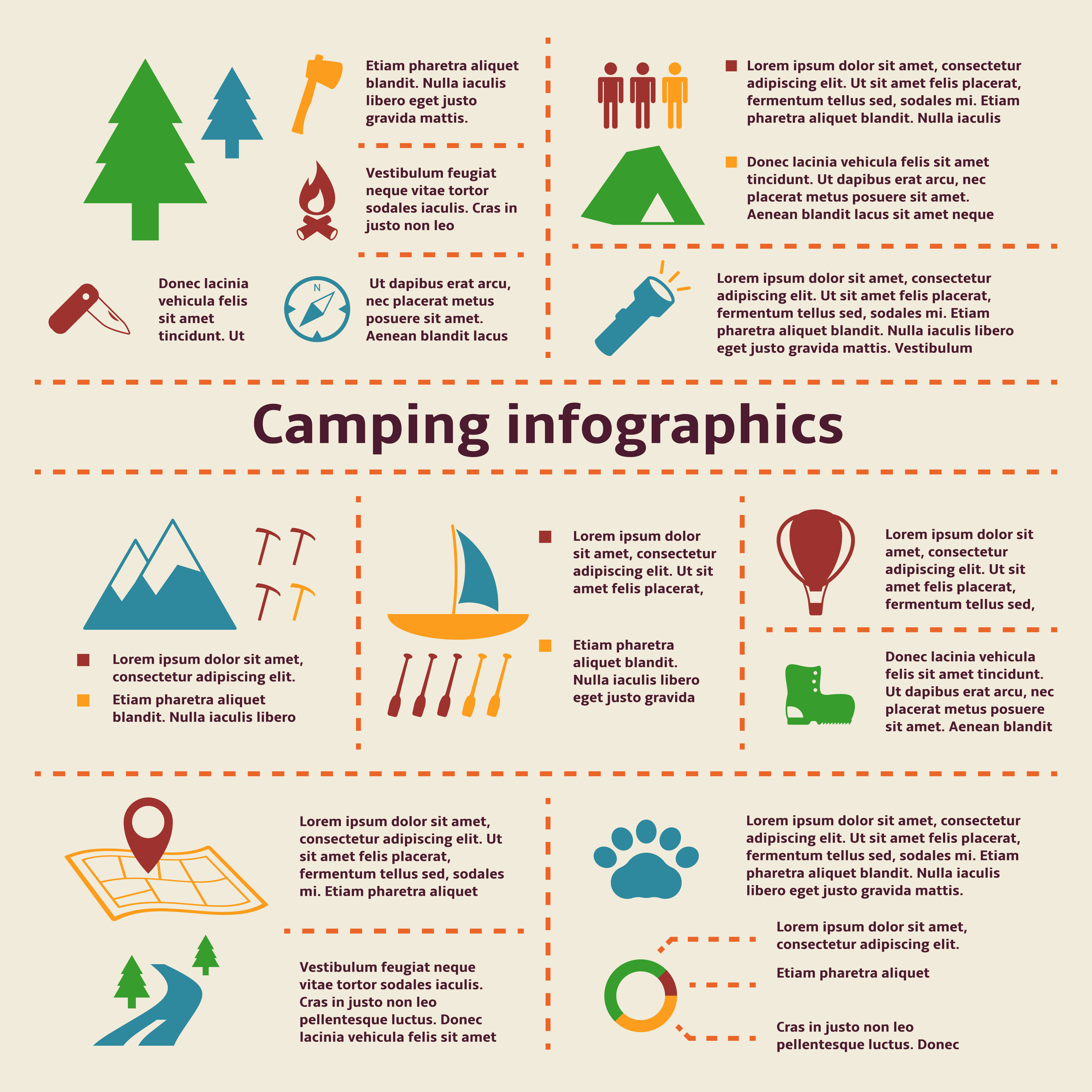Attract More Buyers To Your Camping Tents With These Tricks
Attract More Buyers To Your Camping Tents With These Tricks
Blog Article
Taking Pictures of the Evening Skies
A range of variables can affect night skies digital photography. From weather to upcoming holy occasions, you'll want to prepare in advance to ensure success.
What is the best wall tent?
The shutter speed you select identifies whether celebrities look like precise pin-points or path across the image. A good rule of thumb is to restrict the direct exposure to 500 seconds, or the equivalent of your lens's focal size.
Area
One of the most important consider a great picture is where you take it. Go for places with minimal light pollution, and stay clear of areas that have intense city lights and skyscrapers.
Likewise, try to find a place that supplies foreground components to create structures with. As an example, dune patterns, wind-sculpted ridges and rocky outcrops can all supply intriguing foreground elements to assist inform the tale of your night sky picture.
It is additionally useful to research study astronomical events such as meteor showers and lunar eclipses to maximize possibilities for excellent photos. Making use of a tool such as the Digital photographer's Ephemeris can be extremely useful when intending your shoots. It helps you to identify moon phases, Galaxy placement and various other astronomical events. Likewise, take into consideration capturing in RAW layout instead of JPEG as this gives you much more versatility when refining the photos. This is specifically real if you intend to publish your photos.
Electronic camera Setups
Obtaining the best camera setups is essential for any type of picture, yet specifically so for night sky photos. A wide-angle lens is best for capturing more of the Milky Way and minimizing celebrity routes, as well as a longer shutter rate to quit the activity of stars and reveal their details.
For a maximum level of clearness, shoot in RAW format instead of JPEG, which enables you to protect more data and supplies adaptability throughout post-processing. This can additionally include in submit dimension, so see to it you have a lot of storage room and additional sd card handy.
Set your focus to manual focusing by turning the AF/MF activate your lens right into MF setting. You may need to take a few examination shots and examine the picture playback on your cam's LCD screen up until you accomplish ideal, pinpoint manual emphasis. It's an excellent concept to do this during the day with your chosen lens and the area you will certainly be contending night, to confirm the precision of your emphasis setting.
Lighting
A good night sky image calls for the ideal conditions. This includes a dark skies, yet likewise a fascinating foreground aspect such as a mountain on the horizon, a lake bell tents glamping to mirror the celebrities, or a human element like a barn or shed. You can even make use of a headlamp to illuminate the foreground and add some drama or deepness to your picture.
The most vital electronic camera settings for night skies digital photography are the aperture and shutter rate. The wider the aperture, the much more light that reaches the sensing unit. This permits you to record brilliant stars in a reasonably brief amount of time.
The shutter rate establishes whether your stars will be pin-point excellent or if they will certainly appear as celebrity tracks due to the Planet's rotation. Make certain to take several long exposure shots and stack them in post-processing for the very best results. Lastly, shoot in RAW setting to give yourself optimal latitude in post-processing.
Structure
The key to attractive celebrity shots isn't a high-end telescope, a new wide-angle lens or a top-of-the-line Canon or Nikon electronic camera. It's strategy, preparation and make-up.
For beginners, search your shoot area in advance to get a feel for the design and prospective make-ups. Take into consideration integrating foreground elements such as rocks, a lake or alpenglow on the landscape to add personality and interest to your images.
Keep in mind the Rule of Thirds when composing your images. This basic principle aids balance and link pictures. It's also beneficial for focusing on sights in your image, such as rock functions or the Milky Way. Likewise, remember to prepare your shoots around moon stages-- shooting at a moon can overpower celebrities and create a silhouetted form, while firing on nights with a new moon can aid you see constellations much more plainly.
What kind of heater is safe to use in a tent?
